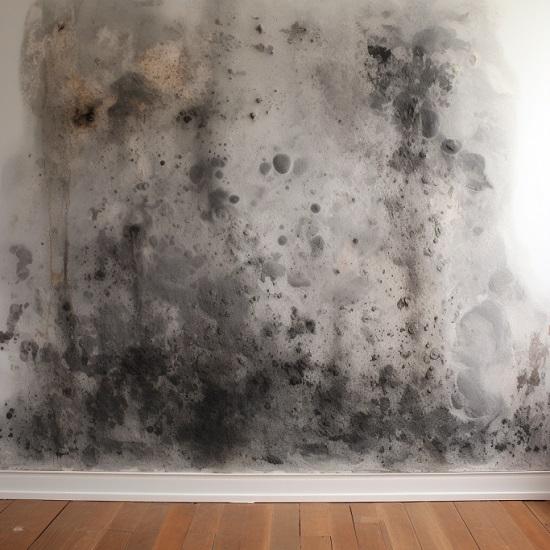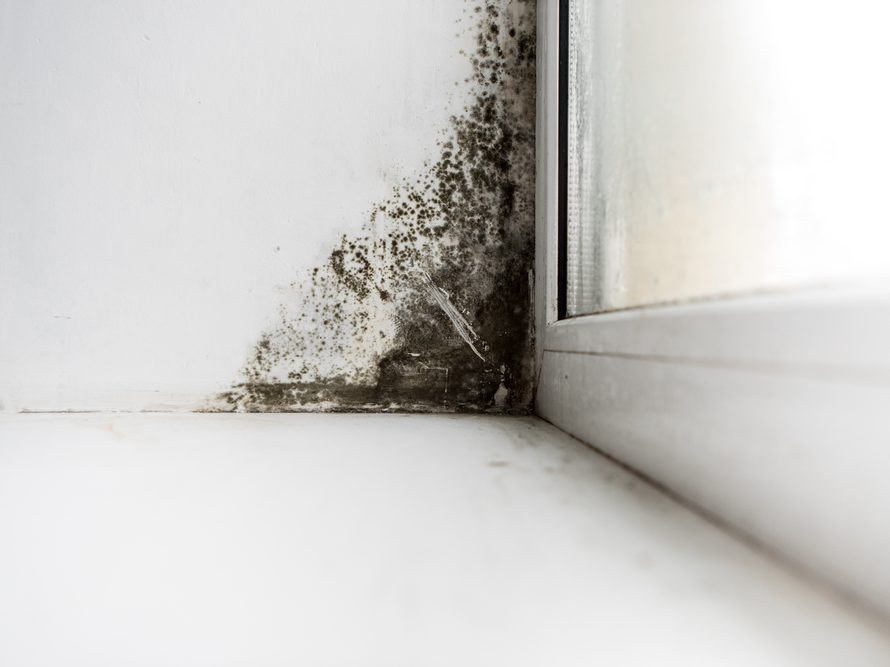Accessing Neighborhood Post Remediation Mold Testing Near Me
Accessing Neighborhood Post Remediation Mold Testing Near Me
Blog Article
Your Ultimate Guide to Message Mold And Mildew Remediation Strategies
Navigating the world of post-mold remediation strategies is a careful process that requires focus to information and a comprehensive understanding of the intricacies included. In the results of mold infestation, understanding how to effectively eradicate the mold and prevent its reoccurrence is vital for keeping a healthy and balanced interior environment. From selecting the best cleaning and disinfecting methods to implementing techniques for long-lasting mold prevention, each step in the remediation trip plays an essential duty in making sure an effective result. As we start this exploration of post-mold remediation techniques, we will certainly reveal the key methods and ideal practices that can assist you restore your room to its pre-mold condition and secure it against future mold risks.
Recognizing Post-Mold Removal Process
After finishing the mold remediation procedure, it is critical to understand the post-mold removal methods that are necessary to ensure a thorough and effective cleanup. When the mold and mildew has been eliminated, the following step entails cleaning and decontaminating the influenced locations to stop any regrowth of mold. This includes using specialized cleansing representatives to clean down surfaces and kill any staying mold and mildew spores. It is essential to dry the location completely to prevent the development of mold and mildew in the future (Post Mold Remediation). Appropriate air flow and dehumidification can help in this procedure.
Furthermore, carrying out a final evaluation post-remediation is important to guarantee that all mold and mildew has actually been efficiently gotten rid of. If the examination exposes any type of sticking around mold and mildew, additional remediation may be needed.
Effective Cleansing and Decontaminating Techniques

Protecting Against Future Mold Growth

Importance of Appropriate Air Flow
Correct air flow plays an important function in avoiding dampness build-up, an essential element in mold growth within interior settings. Reliable ventilation systems aid eliminate excess moisture from the air, minimizing the chances of mold and mildew spores locating the wetness they require to sprout and spread out. Without adequate air flow, indoor spaces can end up being a breeding place for mold and mildew, leading to prospective health and wellness threats and architectural damages.
By ensuring appropriate air useful reference blood circulation, air flow systems can additionally aid in drying out damp locations quicker after water damage or flooding incidents, further preventing mold development. After mold remediation. In areas like restrooms, kitchen areas, basements, and attic rooms where moisture levels often tend to be greater, setting up and keeping efficient air flow systems is important in protecting against mold invasions

Tracking and Upkeep Tips
Offered the crucial duty that proper air flow plays in protecting click resources against mold growth, it is imperative to develop efficient surveillance and upkeep suggestions to ensure the ongoing capability of air flow systems. Normal inspections of air flow systems need to be performed to look for any kind of signs of obstructions, leaks, or breakdowns that can impede appropriate air movement. Monitoring moisture levels within the home is additionally crucial, as high moisture can add to mold development. Mounting a hygrometer can aid track moisture degrees and alert home owners to any spikes that might need focus. Furthermore, making sure that air filters are regularly cleansed or changed is vital for keeping the efficiency of the ventilation system. Implementing a timetable for regular maintenance jobs, such as air duct cleansing and heating and cooling system examinations, can aid protect against issues prior to they rise. By staying alert and positive to the problem of ventilation systems, homeowner can efficiently alleviate the risk of mold and mildew regrowth and preserve a healthy and balanced indoor atmosphere.
Conclusion
To conclude, post-mold remediation strategies are vital for making certain a tidy and risk-free setting. Understanding the procedure, executing effective cleaning and disinfecting methods, preventing future mold development, keeping proper air flow, and routine monitoring are all vital steps in the remediation procedure. By complying with these guidelines, you can effectively remove mold and mildew and avoid its return, promoting a healthy living or working space for all owners.
In the after-effects of mold problem, knowing exactly how directory to efficiently get rid of the mold and mildew and avoid its reoccurrence is vital for keeping a healthy and balanced indoor setting. Once the mold and mildew has been eliminated, the following action includes cleaning and sanitizing the influenced areas to prevent any kind of regrowth of mold - After mold remediation. After removing visible mold and mildew growth, it is crucial to cleanse all surfaces in the affected location to eliminate any staying mold and mildew spores. To better boost mold prevention procedures, it is crucial to deal with underlying problems that originally led to mold and mildew growth.Offered the critical duty that correct air flow plays in preventing mold growth, it is crucial to establish effective monitoring and maintenance tips to ensure the continued performance of air flow systems
Report this page